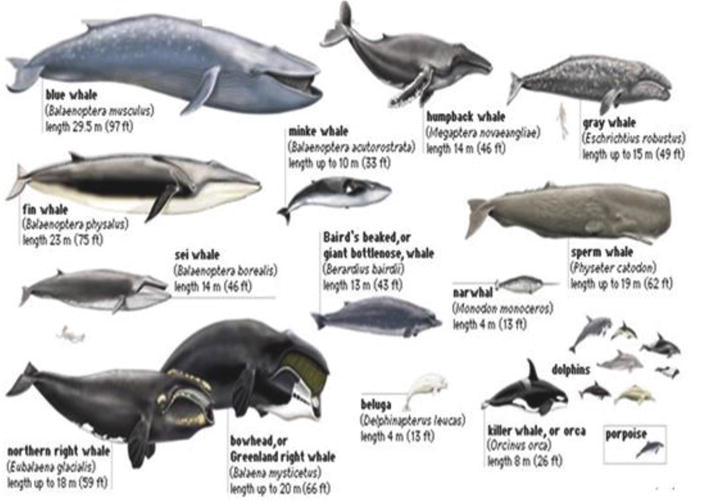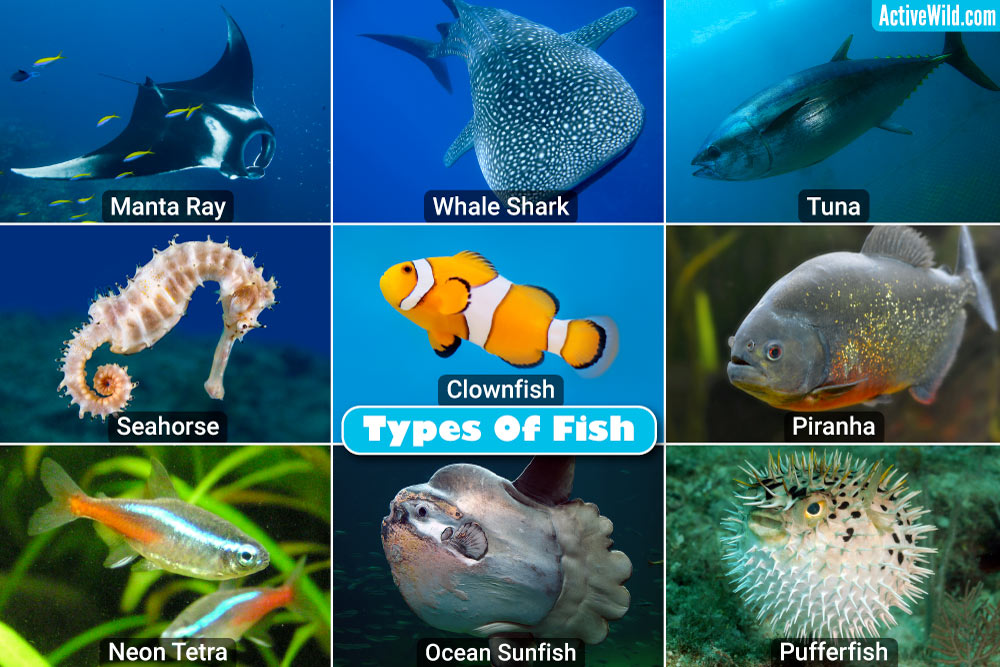Exploring the Fascinating Leatherback Sea Turtle – A Majestic Marvel of the Ocean
Exploring the Fascinating Leatherback Sea Turtle – A Majestic Marvel of the Ocean ===
The Leatherback Sea Turtle, also known as Dermochelys coriacea, is a captivating creature that has captured the attention of marine scientists and nature enthusiasts alike. This remarkable species has been swimming in the Earth’s oceans for over 100 million years and is considered the largest living turtle on the planet. In this article, we will delve into the various aspects of the Leatherback Sea Turtle, including its anatomy, habitat, diet, reproduction, behaviors, and conservation efforts.
Anatomy and Physical Characteristics of the Leatherback
The Leatherback Sea Turtle boasts an impressive physique, with adult females reaching lengths of up to 6.5 feet and weighing around 1,500 pounds. They possess a unique carapace made of rubbery skin, which sets them apart from other turtle species. This shell is characterized by seven distinct ridges running along their back, hence the name “leatherback.” They also possess huge front flippers that can reach up to 9 feet in length, aiding them in propelling through the water at remarkable speeds.
Habitat and Distribution of the Leatherback Sea Turtle
Leatherbacks can be found in all major oceans, spanning across the globe. They are known for their extensive migrations, traveling thousands of miles to nesting and foraging grounds. While they spend most of their time in open waters, they are known to nest on sandy beaches and feed in coastal areas. Major nesting sites include the coasts of Costa Rica, Trinidad and Tobago, Indonesia, and Gabon.
Diet and Feeding Habits of the Leatherback
Unlike other sea turtle species that primarily feed on marine plants, the Leatherback Sea Turtle is a carnivorous predator. They have a diet rich in jellyfish, which they are uniquely adapted to consume. Their throat is lined with backward-facing spines, preventing the gelatinous prey from escaping. Leatherbacks are estimated to consume hundreds of pounds of jellyfish daily, playing a crucial role in controlling jellyfish populations.
Reproduction and Life Cycle of the Leatherback Sea Turtle
Leatherbacks exhibit a remarkable reproductive cycle. Females return to their natal nesting beaches every two to three years, typically at night, to lay their eggs. They dig deep nests in the sand and lay around 80 to 100 eggs in each clutch. After an incubation period of around two months, the hatchlings emerge and instinctively make their way toward the ocean. Only a small percentage of these hatchlings survive to adulthood due to various threats.
Threats and Conservation Efforts for the Leatherback
The Leatherback Sea Turtle faces numerous threats that have led to a significant decline in their population. One of the most significant threats is the accidental capture in fishing gear, particularly longlines and gillnets. Habitat destruction, pollution, climate change, and the illegal trade of their eggs and meat also contribute to their decline. To combat these threats, various conservation efforts have been put in place, including protected marine areas, turtle excluder devices on fishing gear, and public awareness campaigns.
Migration Patterns of the Leatherback Sea Turtle
Leatherbacks exhibit incredible migration patterns, often spanning thousands of miles. After nesting, females return to their foraging grounds, which are typically located in colder waters. Some individuals have been tracked traveling from nesting beaches in the Pacific to feeding grounds near Alaska. The migration routes they take remain a subject of ongoing research and continue to fascinate scientists.
Behavior and Social Interactions of the Leatherback
Leatherbacks are known for their solitary nature and spend most of their lives alone. However, during the breeding season, males engage in competitive behaviors, fighting for the opportunity to mate with females. They use their massive front flippers to assert dominance and establish territories. Apart from these interactions, little is known about their social behavior, as they tend to lead a solitary existence.
Ecological Importance of the Leatherback Sea Turtle
Leatherback Sea Turtles play a vital role in maintaining the balance of marine ecosystems. Their diet, consisting mainly of jellyfish, helps control jellyfish populations. By preventing unchecked growth, they protect other marine species that rely on the same food sources. Additionally, their nesting activities contribute to the nutrient-richness of beaches, benefiting coastal vegetation and creating vital habitats for other organisms.
Interactions between Leatherbacks and Humans
Interactions between Leatherback Sea Turtles and humans have been both positive and negative. Many coastal communities benefit from eco-tourism associated with sea turtle conservation efforts, drawing visitors who want to witness these majestic creatures. However, human activities such as pollution, habitat destruction, and unsustainable fishing practices pose significant threats to their survival. It is essential for humans to take responsibility and engage in efforts to protect and conserve these ancient creatures for future generations.
The Leatherback Sea Turtle is undoubtedly a majestic marvel of the ocean. With its unique physical characteristics, impressive migration patterns, and significant ecological role, this ancient species continues to captivate our hearts and minds. Despite the challenges they face, ongoing conservation efforts provide hope for the survival of these remarkable creatures. By understanding and appreciating the Leatherback Sea Turtle, we can strive to protect and conserve their fragile existence, ensuring their place in the diverse and wondrous world of the ocean.



